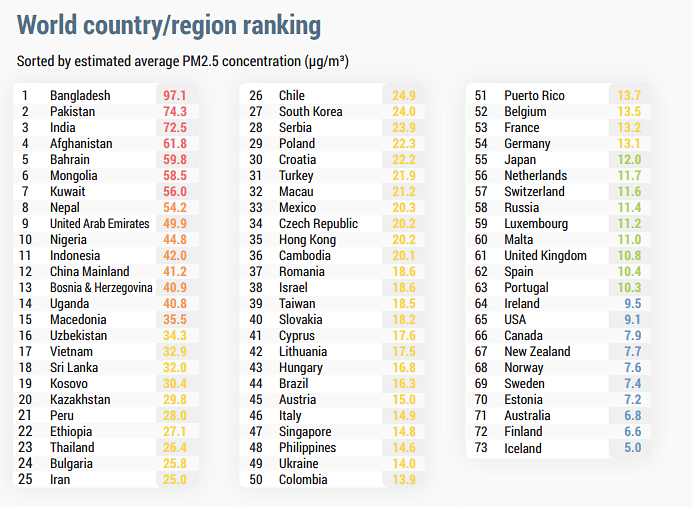Kolkata is pioneering greener commutes citywide – and thanks to an innovative project to deploy more electric buses and ferries, the city now ranks fifth on a list of places that are reducing their annual emissions.
In fact, Kolkata is just behind megacities Chengdu, Delhi, London and New York in terms of reducing carbon emissions.
The Cities100 report highlights the forward-thinking and innovative climate action projects in cities around the globe – and they’re often surpassing national targets.
With the number of people forecasted to live in urban settings on the rise, cities are the frontlines in the fight against climate change. The World Economic Forum estimates almost 70% of the global population will live in cities by 2050. And it’s not just the need to stop climate change that’s spurring policy change – there’s also a pressing need to cut air pollution.
Dirty air kills an estimated 7 million people worldwide every year and 9 out of 10 people breathe air with high levels of pollutants, says the World Health Organization. India’s cities are among the worst, when ranked by levels of particulate matter.

Four of the five most polluted cities in the world are located in South Asia, according to the World Air Quality Report 2018. And 99% of all the cities in the region fail to meet the WHO annual guideline for one type of particulate matter, PM 2.5.
Also read: Air pollution increases risk of brain cancer by 10 per cent, says new Canadian study
Kolkata averaged a PM 2.5 concentration of 85.4 micrograms per cubic metre (µg/m³) of air in 2018, more than eight times the recommended limit of 10 µg/m³.
But, hopefully, change is on the way, as Kolkata invests in and improves its public transport options. The city plans to deploy 5,000 electric buses and fully electrify the ferries on the Ganges River by 2030.
Air pollution was just one factor that pushed the West Bengal State Government to transition to electric transportation. It also makes financial sense, since battery-operated buses are cheaper to run, with a third of the operational costs of a diesel bus.
As of 2019, 80 electric buses have been introduced to the city, with another 100 planned for 2020. These 180 electric buses will lead to an annual reduction of 14,086 tonnes of CO₂ emissions.
The Cities100 report says others can learn from Kolkata. In this case, the government provided 60% of the funds for the initial 80 electric buses and helped install the charging infrastructure.
The report also noted how partnerships can foster rapid transitions. For example, the long-term vision both at the state and national levels enabled Kolkata to set out the strategy to transition its entire bus and ferry fleets to electric.
Also read: Renewable energy has become affordable now
This article was originally published in The World Economic Forum.



